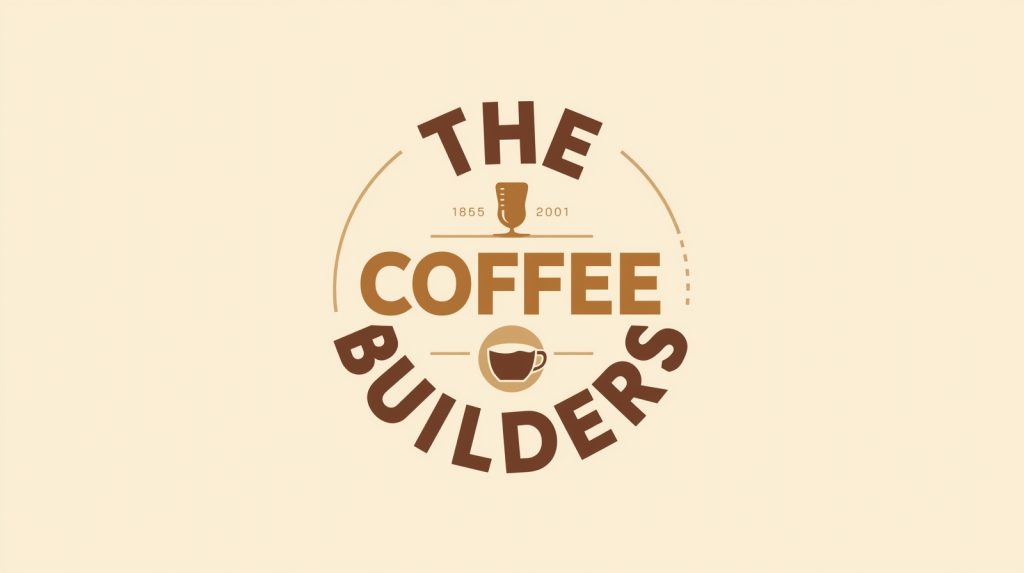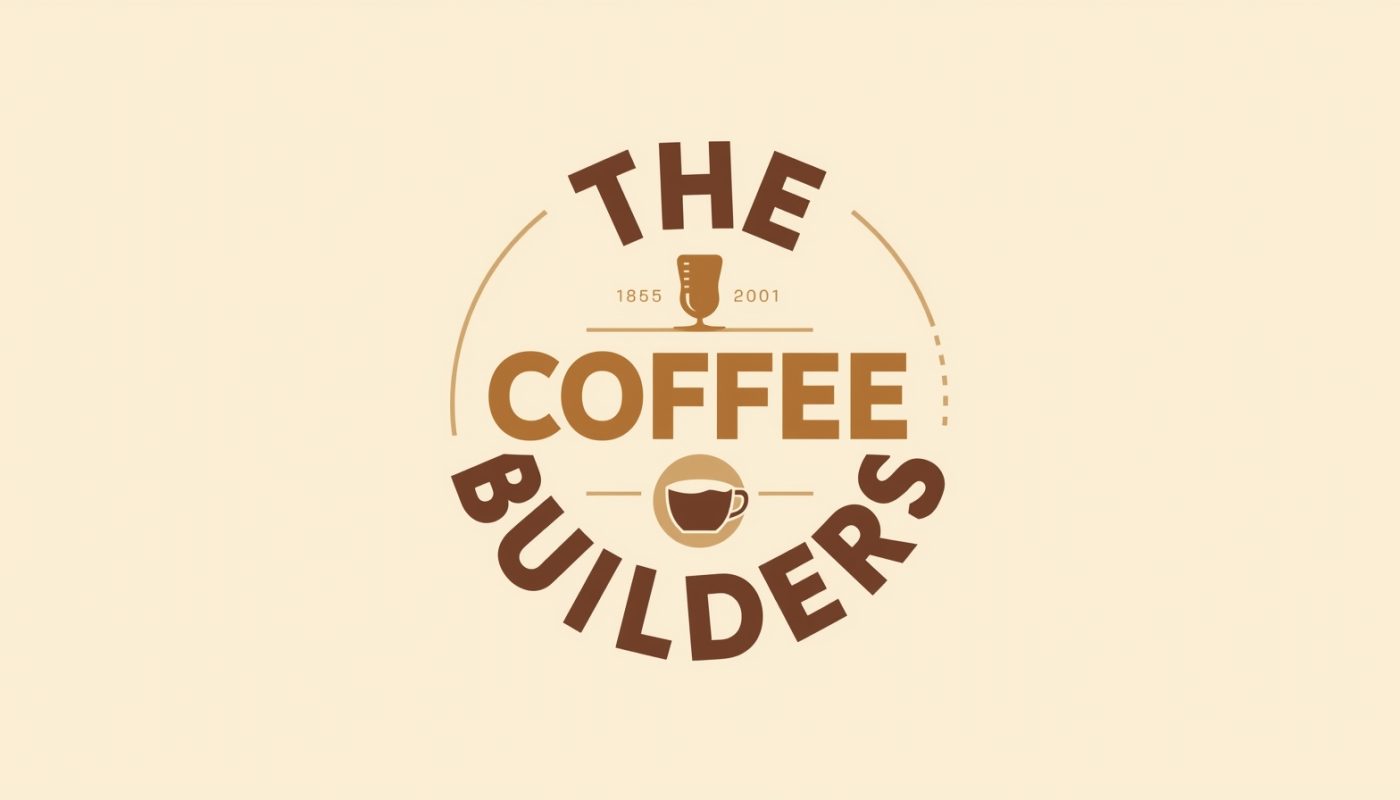There’s something magical about walking into a coffee shop that feels just right — the warm light, the cozy textures, the soft hum of conversation. It’s not just about the coffee; it’s about the space. That’s what The Coffee Builders understand so beautifully. They don’t just pour espresso — they build experiences.
As someone who spends just as much time in cafés as I do in my home garden, I’ve learned that both spaces share the same secret: thoughtful design. Every detail, from the aroma of fresh grounds to the way sunlight hits the counter, plays a role in how people feel. The Coffee Builder is redefining that connection — showing how a well-designed café can feel as alive and nurturing as a blooming garden.

Content
Inside The Coffee Builders: Merging Vision with Inspired Design

Located in the heart of Phoenix, The Coffee Builders has quickly become a favorite among locals who crave not just caffeine but comfort. Their approach goes beyond simple décor — it’s a mix of café interior design, craftsmanship, and sensory balance.
Each space they create or inspire reflects a deep understanding of human behavior. From coffee shop layout ideas for small spaces to wide, communal seating areas perfect for creative meetings, their design speaks to modern lifestyles. Whether you’re a freelancer seeking focus or a friend group catching up over lattes, the environment feels intuitive — built for connection.
I often compare their process to home garden planning. Just as I layer plants of different heights and textures, The Coffee Builder layer materials, colors, and light to shape mood and flow. It’s no coincidence that both result in spaces people never want to leave.
The Craft of Coffee and Construction
Behind every latte art masterpiece lies another kind of art — construction. The Coffee Builders’ name isn’t just symbolic. Their roots are in the coffee shop construction and design world, where they’ve learned that great spaces require both creativity and precision.
Their team works like gardeners with blueprints — designing, building, and refining until each café feels alive. They pay attention to everything from acoustics to air flow, ensuring that the coffee bar layout design not only looks good but functions efficiently.
For anyone dreaming of starting a café, understanding this duality is essential. The secret to success isn’t just sourcing beans; it’s in how to design a modern coffee shop interior that invites people in and keeps them coming back.
A Real-Life Case Study: The Corner Café Transformation
A few years ago, I consulted on a small coffee shop project inspired by The Coffee Builders’ philosophy. The owner had a 300-square-foot corner space and a big dream — to turn it into a cozy neighborhood hub.
We started by applying café design and build company principles: optimizing flow, maximizing natural light, and balancing materials. Instead of bulky furniture, we used wall-mounted tables to save space. We introduced warm woods, plants, and strategic lighting to mimic the sense of openness seen in larger cafés.
The result? Within months, that little café became a local favorite. Customers described it as “a place that feels like home.” Sales doubled, and the shop began hosting community workshops — from art nights to gardening talks.
That project taught me a key lesson: good design builds communities. And The Coffee Builder embodies that truth in every project they touch.
Building with Purpose: Sustainable and Smart

One of the most inspiring things about The Coffee Builder is their commitment to sustainable café design. Just as home gardeners care about the soil they plant in, The Coffee Builder cares about the materials they use.
Reclaimed wood, energy-efficient lighting, and locally sourced furnishings often feature in their designs. They think long-term — not just about what looks good today but how the space will evolve.
Their philosophy mirrors sustainable gardening and nurtures the environment that sustains you. Just like in a well-planned kitchen, every element serves a purpose — practical yet beautiful. In a world filled with fast trends, that mindset feels refreshingly timeless.
Design Lessons for Home and Business
Even if you’re not building a café, you can borrow design cues from The Coffee Builder for your own space. Here are a few insights I’ve learned — both from observing their work and from tending my own garden of ideas:
- Plan for flow, not just function: Just as garden paths lead the eye and body, your interior layout should guide movement naturally.
- Layer textures and tones: Combine wood, metal, and soft fabrics to create depth and comfort — the same way plants of varying heights make a garden feel lush.
- Maximize light and life: Natural light and greenery make any space more inviting. Try hanging ivy near windows or adding a coffee plant for symbolism and charm.
- Think small, build smart: Many cafés thrive in compact areas because they apply coffee shop layout ideas for small spaces — every inch has a purpose.
- Infuse personality: Whether it’s a mural, a custom counter, or your choice of plants, give your space a signature touch.
What Makes The Coffee Builder Stand Out
While many cafés focus solely on coffee, The Coffee Builder understands that the real product is experience. Their blend of commercial coffee space planning, architecture, and storytelling makes them stand out.
They design for emotion — creating spaces that spark memories and relationships. Each location feels like it belongs to its neighborhood while maintaining a distinct identity. That’s something even experienced builders or designers can learn from: design isn’t just about structure; it’s about soul.
The Connection Between Coffee and Community

In my own home garden, I’ve hosted countless coffee mornings surrounded by herbs and flowers, often using my favorite coffeemaker to brew a fresh pot that fills the air with rich aroma. It’s where ideas bloom. That same sense of belonging is what The Coffee Builders aim to capture inside their walls.
Their cafés often double as creative hubs — places where local artists display work, neighbors meet, and strangers become friends. It’s a reminder that spaces, like gardens, thrive when tended with care and intention.
For Future Café Owners: A Few Takeaways
If you’re dreaming of your own coffee spot, here’s what The Coffee Builders can teach you:
- Start with a clear vision: what story do you want your café to tell?
- Invest in design and layout early: A beautiful coffee bar layout design can make or break workflow.
- Choose sustainable materials where possible: It’s good for business and the planet.
- Don’t just sell coffee: create a culture.
The best builders — whether of homes, gardens, or cafés — build with people in mind.
Final Sip
The Coffee Builders remind us that good design, like good coffee, takes time, patience, and care. They’ve mastered the art of crafting not just cafés, but experiences — spaces that nurture creativity, comfort, and connection.
So the next time you step into a well-designed coffee shop, take a moment to notice the details — the flow, the light, the warmth. Behind all that beauty is a story, one built with purpose. And perhaps, like a well-tended garden, it will inspire you to build something beautiful too — a productive space where creativity, comfort, and community thrive.
Partner with experts who understand every detail of creating inviting coffee spaces. From cozy corners to modern designs, we help bring your vision to life. Advertise with us to reach passionate coffee enthusiasts today.
FAQs
Is it smart to invest in coffee?
Yes, coffee remains a stable and growing market, especially for sustainable and specialty café ventures.
What is the ROI of a café?
A well-designed café can see 15–25% ROI yearly, depending on location, brand, and customer loyalty.
Which coffee brand makes the most money?
Starbucks leads globally, earning billions yearly through its consistent quality and global presence.
Which coffee chain is closing down?
Several smaller coffee chains have downsized recently, but major brands continue expanding steadily.

Marion is a dedicated home improvement blog author who has a passion for writing. She enjoys blogging about all sorts of topics, from interior design to landscaping and more! She loves the outdoors and spending time in nature with her family. She also likes to bake in her free time.


